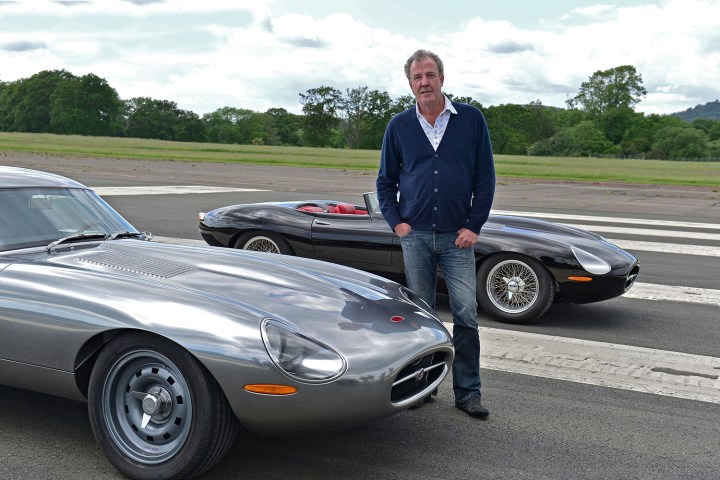
Last week, the local government approved plans for a housing development at the Dunsfold Aerodrome, the decommissioned airfield that encompasses the Top Gear track and studio, as well as a corporate park with other businesses. The Waverly Borough Council voted 10-8 to approve a plan to build housing on the site, according to the BBC. Top Gear executives have not commented on the vote so far.
The current Dunsfold Business Park includes more than 100 businesses employing more than 800 people, according to the BBC, but the plan calls for replacing it with 1,800 new homes. A health center, as well as “public open spaces and sports facilities” would also be built on the site as a condition of the project’s approval. Some of the development must also be set aside for affordable housing, the Waverly Borough Council said.
The Top Gear test track has existed in its current form since the show relaunched in 2002 with Jeremy Clarkson at the helm. It was one of the elements of the show kept after Clarkson was let go as the result of a “fracas” in which he punched a producer. Along with co-hosts Richard Hammond and James May, Clarkson launched a new car show on Amazon Prime called The Grand Tour, and Top Gear was rejiggered with a new set of hosts.
While Top Gear has never taken itself that seriously, the test track provides an important service. Over the years, nearly every new performance worth hearing about has gone around, making Top Gear’s lap leaderboard an excellent, controlled benchmark. That will be erased if the track really is closed to make way for a housing development.
Meanwhile, Top Gear is still trying to find its way. Chris Evans quit at the end of the first season after low ratings. Co-host Matt LeBlanc will stick around for at least two more seasons, the BBC confirmed in September. Chris Harris and Rory Reid are expected to get more screen time in future series, while Sabine Schmitz and Eddie Jordan will continue making appearances as well.
Editors' Recommendations
- The best Top Gear episodes of all time
- Gears 5 multiplayer test starting soon: Here’s what to expect and how to join


